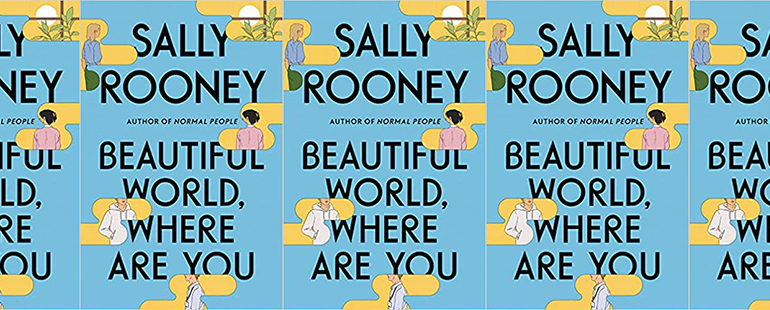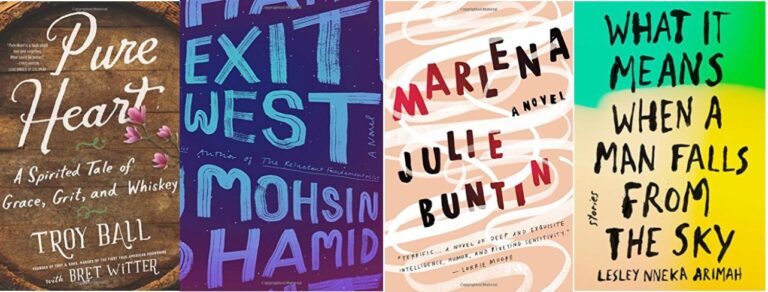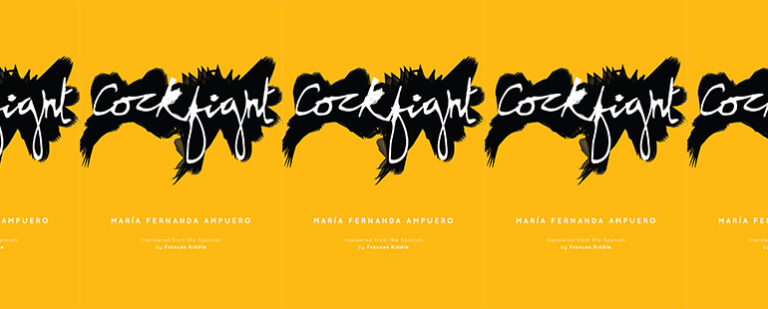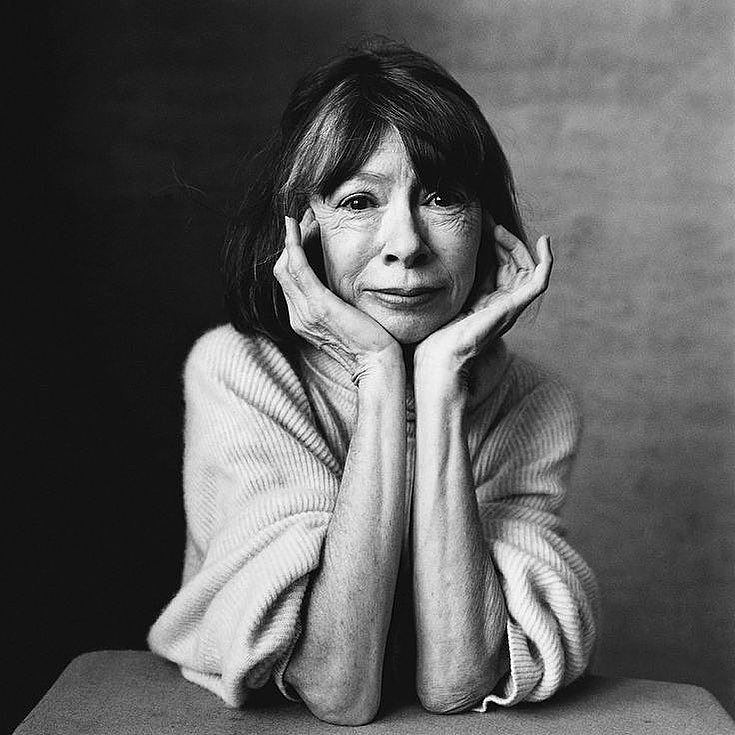Soothing Existential Dread in Beautiful World, Where Are You

Beautiful World, Where Are You
Sally Rooney
Farrar, Straus and Giroux | September 7, 2021
Sally Rooney’s third novel, Beautiful World, Where Are You, dazzles with much of what we have come to expect from her: unadorned prose, psychologically nuanced relationships, and astonishingly life-like dialogue. But Rooney does not rely on her same tricks entirely. Unlike Conversations with Friends and Normal People, this book wrestles explicitly with how to navigate life and love in a world destined for environmental and political crisis. Beautiful World, Where Are You is jaded but no longer so sardonic, with more at stake than just the characters themselves.
The novel follows two best friends, Alice and Eileen, who correspond via an ongoing email exchange every other chapter. Alice is a novelist who moves to an Irish seaside town after a nervous breakdown and starts dating Felix, who struggles with the power and class imbalance between them that result from her literary fame. In Dublin, Eileen begins flirting with Simon, a childhood friend with many younger lovers. The heart of the novel lies in Alice and Eileen’s correspondence. The women discuss not only their romantic partners, but impending climate apocalypse, global political strife, and their own biological clocks. Looming over these letters is the belief that, as Alice puts it, “we are standing in the last lighted room before the darkness, bearing witness to something.” Alice and Eileen feel the ever-present pressures of today’s political and environmental climate, and yet their correspondence becomes a way of processing this together, of finding glints of beauty and light in a world where they don’t always like what they see.
The emails meander in philosophical, essay-like fashion with one clear theme still shining through: how to make meaningful lives “on this rapidly degenerating planet.” Here, an author known for her talent writing dialogue takes a risk. The epistolary format limits the back-and-forth component of Rooney’s signature witty banter. But it also offers space for deeper insight, such as when Alice questions her own livelihood, wondering how, “in the context of the increasingly fast, increasingly brutal exploitation of a majority of the human species” anyone could possibly bother reading the contemporary Euro-American novel. “Do the protagonists break up or stay together?” she writes. “In this world, what does it matter?” In response, Eileen contends that the novel is only a microcosm for everyday life, and we’ll be hard-pressed to stop anyone from caring. “When people are lying on their deathbeds,” she writes, “don’t they always start talking about their spouses and children? And isn’t death just the apocalypse in the first person?” We must still make art examining the intricacies of human connections, Eileen argues, even in the face of problems that appear much larger. Through this commentary, Rooney makes her case for interdependence while also defending her craft. Despite a backdrop of near-certain impending doom, or perhaps because of it, relationships remain essential, as do the stories we tell about them.
In the sections between emails, Rooney returns to her more familiar “will they or won’t they” territory, employing a third-person perspective as the couples get together, break up, and get back together again. She excels, as always, at exploring the murky feelings that surface when two people can’t quite define their romantic relationship. Alice’s success intimidates Felix, leading him to binge drink and cancel plans last minute. Meanwhile, Eileen can’t decide whether to risk her friendship with Simon by committing fully to him. The characters in Rooney’s earlier novels make similar mistakes in sex and love, but Beautiful World has a wider scope than just its subjects. While they still go back and forth on whether to press send on a text message to a lover, they also think more deeply about the world’s shocking inequalities and what legacy they will leave behind.
In this thinking, Rooney nails what it feels like to come of age today, even bringing her characters into lockdown, when the news is grim if not dire. “I looked at the internet for too long today and started feeling depressed,” Eileen writes, and Alice knows just what she means. “Aren’t we unfortunate babies to be born when the world ended?” she responds. In moments like these, the novel seems in direct conversation with its readers, who would likely answer Alice with a resounding yes. Perhaps this explains the fervor surrounding Rooney’s work—the experience of finding one’s own anxieties articulated so precisely on the page feels like a balm. Alice and Eileen’s obvious belief in love and appreciation of beauty also prevents us from falling too far into despair. There is our fear for humanity, yes, “but there are also dark fragrant orange trees, little white cups of coffee, blue afternoons, golden evenings.” The novel insists on enjoying life’s pleasures, from the solace of a quiet coastal town to correspondence with a close friend.
Rooney’s particular talent lies in her ability to capture millennial existentialism and dread while almost simultaneously soothing it. We find relief from the heaviness of today’s impossible questions, she suggests, through our connections with each other. In Beautiful World, Where Are You, characters grapple over and over with the question the novel’s title implies, but Rooney ultimately gives us her answer. The light is fading, she knows, and yet still we go on, thinking and talking and loving each other, illuminating small rooms.


